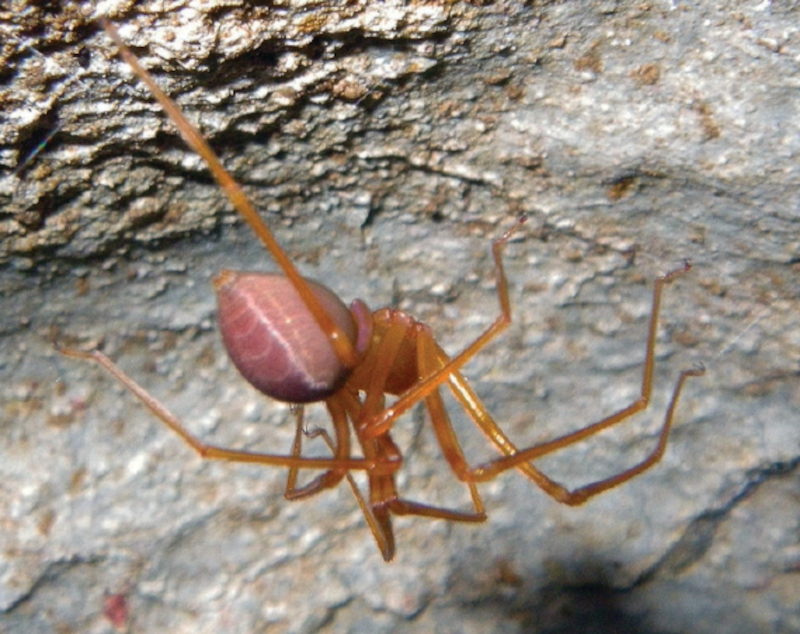
Trogloraptor Facts
- The unforgettable Trogloraptor represents a rather extraordinary species of arachnid, and perhaps the stuff of nightmares for some.
- However, despite its moderately impressive size and fearsome appearance, the remarkable creature poses absolutely no danger to humans.
- This bizarre arthropod was only discovered, quite accidentally, in 2010, by a trio of cave conservationists, during a routine exploration.
- The creature the explorers discovered evolved so differently from other arachnids that an entirely new family and genus had to be created to place it in.
- For the moment, even though its known range consists of an extremely restricted area, the IUCN does not have a listing for the creature.
Related Articles
CCL: https://bit.ly/2VM7ygL
Trogloraptor Physical Description
The amazing Trogloraptor ranks as a moderately large variety of arachnid, yet the invertebrate displays no noticeable degree of sexual dimorphism, as many related species do.
Both genders possess an average body length of roughly 04. in (10 mm). The legs, however, grow rather over-sized, giving adults an overall leg span of about 3 in (7.6 cm).
Yet, regardless of its size, the Trogloraptor stands out from all other known arachnids. It evolved claws on the end of each of its eight long, thin legs.
In color, this fascinating arachnid presents a rather dull orange-brown color over its entire body, except for a dark brown V-shaped mark on its cephalothorax.
- Kingdom: Animalia
- Phylum: Arthropoda
- Class: Arachnida
- Order: Araneae
- Family: Trogloraptoridae
- Genus: Trogloraptor
CCL: https://bit.ly/2VO4PCY
Trogloraptor Distribution, Habitat, and Ecology
To date, the entire habitat range of the incredible Trogloraptor consists of two caves in the state of Oregon, United States, in North America.
Multiple specimens have been recovered so far, but all lived in one of two caves near the city of Grants Pass, in Josephine County.
This rather surprising arachnid most commonly spins small, uncomplicated webs. These it almost always creates on the ceiling of the cave it inhabits.
From there, individuals either capture prey in the small webs or drop on them from above. However, the exact prey of the species remains a mystery.
Although the Trogloraptor possesses venom glands, like many arachnids, its venom poses no known threat to humans.
Species Sharing Its Range
Check out our other articles on Melissani Cave, Gharial, Electric Eel, Happy Alien, Scythian Lamb, 6 Startling Evolutionary Adaptations, 8 Swoon-Worthy Caves, Australian Sea Lion
